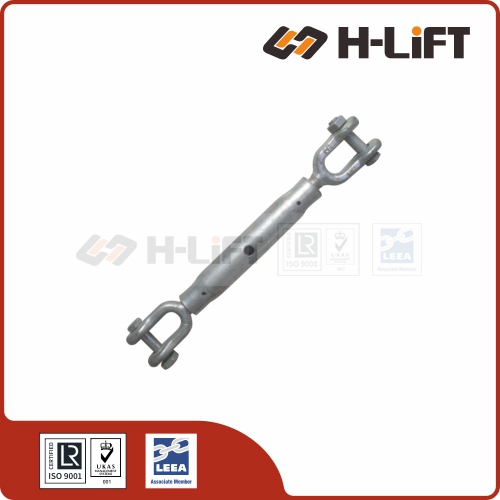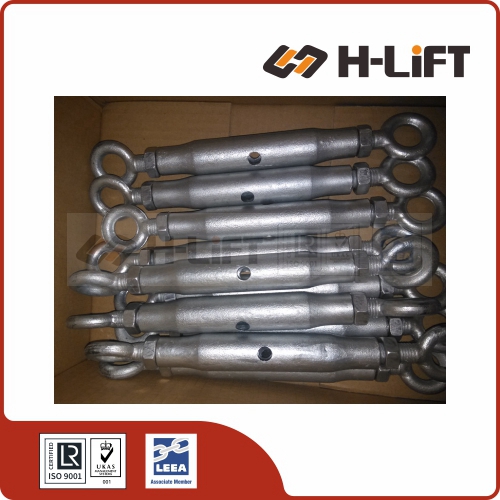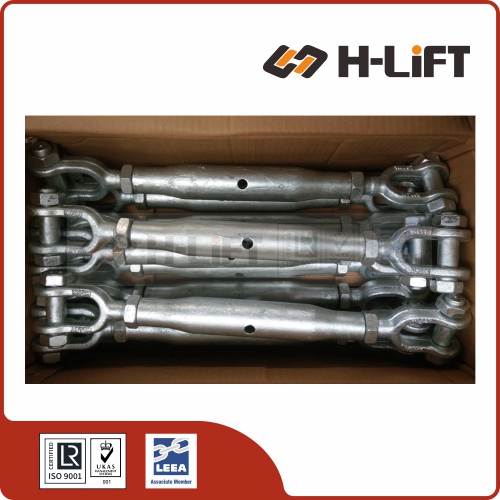Flat Webbing Sling
Webbing Sling EN 1492-1
Webbing Sling AS 1353
Webbing Sling ASME B30.9
One Way Use Sling
Endless Webbing Sling
Lifting & Lashing Webbing Belt
Polyester Round Sling
Roundsling EN 1492-2
Roundsling AS 4497
Roundsling ASME B30.9
Bridle Roundsling
Eye & Eye Roundsling
Safety Harness and Lanyard











